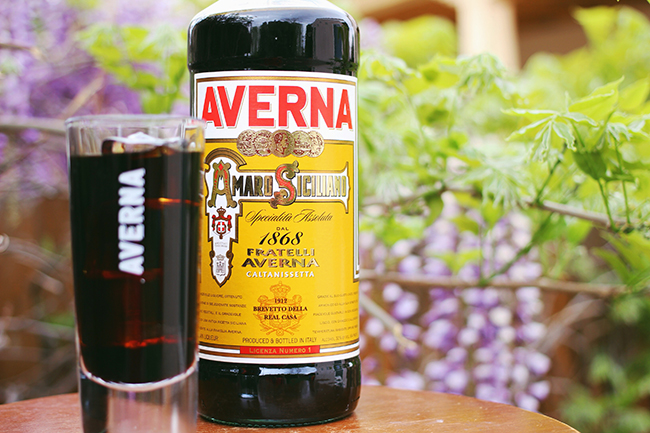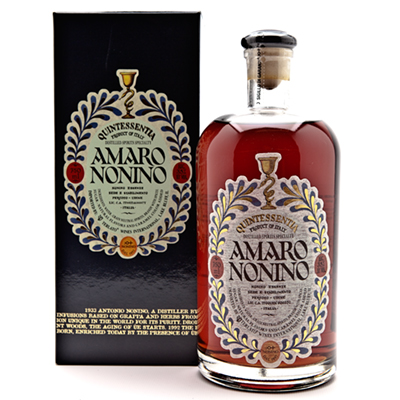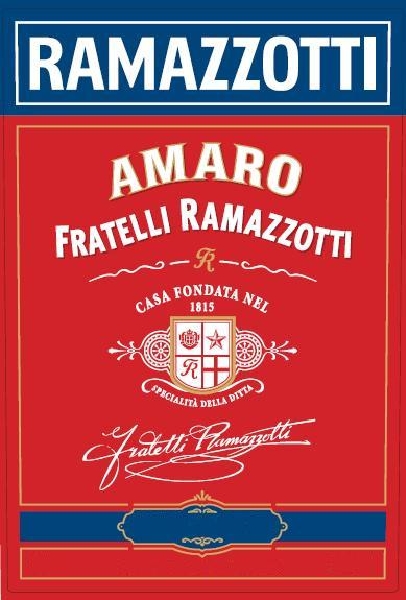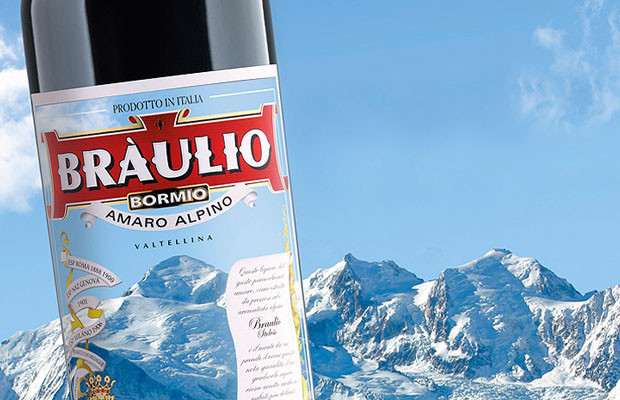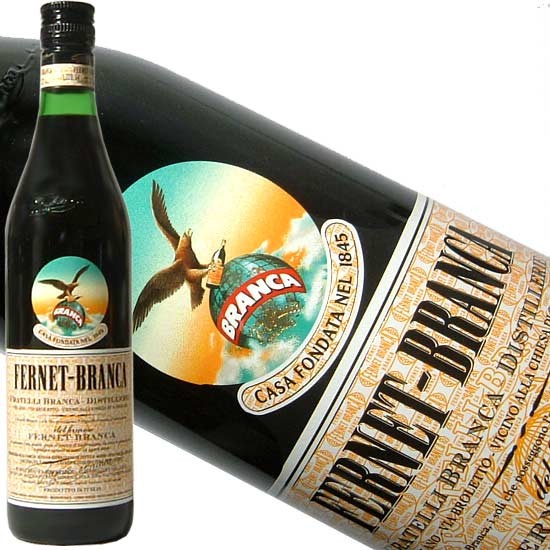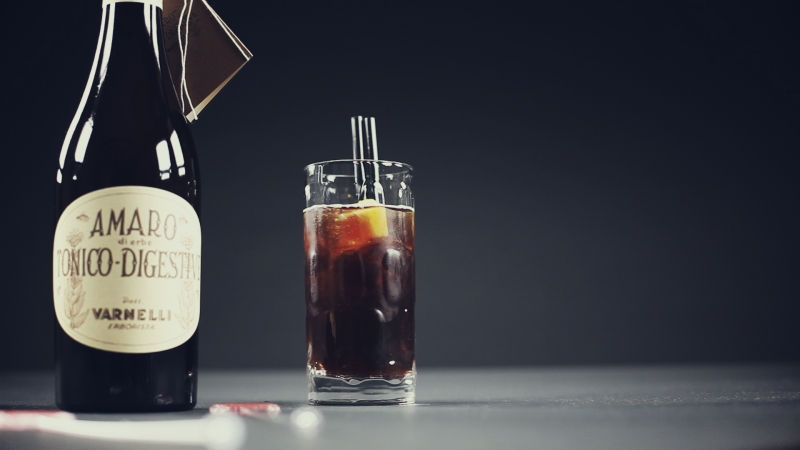n
Valentine’s Day; in any informal poll of the most dreaded nights in the restaurant business it’s usually voted at or near the top. For me it’s not quite number one. I award that honor to New Year’s Eve and for good reason; people who rarely go out at all go out on New Year’s Eve, and people who don’t usually drink, drink too much on said night (not to mention the people who usually do drink also drink entirely too much). It’s all a recipe for disaster long before the midnight hour.
Mother’s Day brunch also vies for best of the worst. It’s a combination of the B team (or even C team) manning the floor of the restaurant with a kitchen staff that is most assuredly hung over. Add to that legions of large, often dysfunctional family parties taking “Mom” out on her special day with the expectation that she actually wants to go out and doesn’t mind everyone making a fuss over her. Odds are she just wants a spa day or at least to be left completely alone in blissful silence with someone bringing her coffee or a glass of wine from time to time. After all, adulthood is all about balancing stimulants and depressants.
Some think that St. Patrick’s Day should be at the top of the list. This simply because on that day everyone hallucinates being Irish not to mention the apparent license to start drinking early and often with the focus on beverages that have somehow been made green. Arrrrr. Sorry, that’s talk like a pirate day, which is September 19th for those keeping score.
Back to Valentine’s Day. It’s easy to see why many consider it to be at the very pinnacle of the year’s worst restaurant nights. I should know as I’ve worked enough Valentine’s nights to witness firsthand the spectacle of every possible romantic failure. Imagine, if you will, an entire dining room filled with deuces–couples–practically of whom have not gone out previously, much less know each other at all. Most conversations end up sounding like the scattering of small pebbles on a corrugated tin roof. There’s the eons of convulsive silence while both parties study their nails, the surface of the table, or the décor of the restaurant however hideous, only to be saved by the occasional text or call. In this case, thank god for smart phones.
Let’s face it, the Valentine’s date is not easy. There are monumental expectations for the night to be all things romantic. Odds are these expectations will be impossible to meet making anything less than perfection a disappointment. To those working the floor the night is also less than spectacular in terms of monies spent and tips received. While some couples deal with the awkward factor through the application of multiple cocktails, most choose to drink little, if at all. The result? Couples generally don’t spend money. Add to that the complete dearth of larger parties that usually generate serious money for the server and it’s a long night if you’re in the business. Is there a saving grace? Yes, perhaps in the form of sometimes spectacular often revealing women’s fashion. I will say no more.
What’s the take away? Not to go out on Valentine’s Day? I can’t and won’t stop you. Besides, who am I to interfere with nature and thousands of years of mating rituals? Go out if you must. But you also might consider staying in, if appropriate and possible, and drinking some good wine. There’s no better V-Day vino than rosé sparkling wine and Champagne. Be it Gruet’s non-vintage rosé for just a few dollarinis (and from my home state New Mexico), a delicious non-vintage Champagne (Ruinart and Pol Roger are favorites), or a pricey prestige cuvée the likes of Taittinger Comtes de Champagne or Krug, pink bubbly on Valentine’s Day is a wonderful call and definitely keeps with the romantic theme. And remember, if you have a glass of delicious rosé bubbly in hand and you’re not happy—you may be the one with issues.
What of the Valentine’s date gone bad? When, as one of my aunts used to say, “The wagon of love breaks down under the baggage of life.” What’s needed in these dark moments of romantic despair and human pathos? Wine is definitely not the answer. Stronger water is needed and bitters in the form of an amaro could just be the ticket. If not familiar, amari (singular amaro) are bitter Italian liqueurs traditionally served after the meal. All are based on herbs, spices, and botanicals with a varying degree of bitterness with quinine as the common cause and denominator. Some are sweeter than others, some more bitter and herbal. Regardless, a long pull off one of these dark, bilious concoctions is perhaps the only fitting way to cap off a Valentine’s date gone south if only for the oh-so-appropriate bitter factor. Here is a half dozen of my favorites ranging from mildly disappointing bittersweet to fully, completely, I’m swearing off men forever bitter.
Mother’s Day brunch also vies for best of the worst. It’s a combination of the B team (or even C team) manning the floor of the restaurant with a kitchen staff that is most assuredly hung over. Add to that legions of large, often dysfunctional family parties taking “Mom” out on her special day with the expectation that she actually wants to go out and doesn’t mind everyone making a fuss over her. Odds are she just wants a spa day or at least to be left completely alone in blissful silence with someone bringing her coffee or a glass of wine from time to time. After all, adulthood is all about balancing stimulants and depressants.
Some think that St. Patrick’s Day should be at the top of the list. This simply because on that day everyone hallucinates being Irish not to mention the apparent license to start drinking early and often with the focus on beverages that have somehow been made green. Arrrrr. Sorry, that’s talk like a pirate day, which is September 19th for those keeping score.
Back to Valentine’s Day. It’s easy to see why many consider it to be at the very pinnacle of the year’s worst restaurant nights. I should know as I’ve worked enough Valentine’s nights to witness firsthand the spectacle of every possible romantic failure. Imagine, if you will, an entire dining room filled with deuces–couples–practically of whom have not gone out previously, much less know each other at all. Most conversations end up sounding like the scattering of small pebbles on a corrugated tin roof. There’s the eons of convulsive silence while both parties study their nails, the surface of the table, or the décor of the restaurant however hideous, only to be saved by the occasional text or call. In this case, thank god for smart phones.
Let’s face it, the Valentine’s date is not easy. There are monumental expectations for the night to be all things romantic. Odds are these expectations will be impossible to meet making anything less than perfection a disappointment. To those working the floor the night is also less than spectacular in terms of monies spent and tips received. While some couples deal with the awkward factor through the application of multiple cocktails, most choose to drink little, if at all. The result? Couples generally don’t spend money. Add to that the complete dearth of larger parties that usually generate serious money for the server and it’s a long night if you’re in the business. Is there a saving grace? Yes, perhaps in the form of sometimes spectacular often revealing women’s fashion. I will say no more.
What’s the take away? Not to go out on Valentine’s Day? I can’t and won’t stop you. Besides, who am I to interfere with nature and thousands of years of mating rituals? Go out if you must. But you also might consider staying in, if appropriate and possible, and drinking some good wine. There’s no better V-Day vino than rosé sparkling wine and Champagne. Be it Gruet’s non-vintage rosé for just a few dollarinis (and from my home state New Mexico), a delicious non-vintage Champagne (Ruinart and Pol Roger are favorites), or a pricey prestige cuvée the likes of Taittinger Comtes de Champagne or Krug, pink bubbly on Valentine’s Day is a wonderful call and definitely keeps with the romantic theme. And remember, if you have a glass of delicious rosé bubbly in hand and you’re not happy—you may be the one with issues.
What of the Valentine’s date gone bad? When, as one of my aunts used to say, “The wagon of love breaks down under the baggage of life.” What’s needed in these dark moments of romantic despair and human pathos? Wine is definitely not the answer. Stronger water is needed and bitters in the form of an amaro could just be the ticket. If not familiar, amari (singular amaro) are bitter Italian liqueurs traditionally served after the meal. All are based on herbs, spices, and botanicals with a varying degree of bitterness with quinine as the common cause and denominator. Some are sweeter than others, some more bitter and herbal. Regardless, a long pull off one of these dark, bilious concoctions is perhaps the only fitting way to cap off a Valentine’s date gone south if only for the oh-so-appropriate bitter factor. Here is a half dozen of my favorites ranging from mildly disappointing bittersweet to fully, completely, I’m swearing off men forever bitter.
Amaro Averna is produced in Caltanissetta, Sicily. It’s named after is creator, Salvatore Averna, who finalized the recipe in 1868. In the amari universe, Averna is at the shallow end of the pool in that it’s rich, chocolatey, and just slightly bitter in taste.
Try it: after prolonged staring at the most appalling unibrow you’ve ever seen.
Try it: after prolonged staring at the most appalling unibrow you’ve ever seen.
Amaro Nonino Quintessentia: the Nonino family is known for producing some of Italy’s most extraordinary grappas and liqueurs. Their amaro, called Quintessentia, is no exception. It’s delicately bittersweet and flavored with mountain herbs and oak spice.
Try it: when you realize he’s not only not a “keeper,” he’s not even a “loaner.”
Try it: when you realize he’s not only not a “keeper,” he’s not even a “loaner.”
Amaro Rammazotti: has been made in Milan since 1815 from 33 different aromatic plants and fruits. It strikes a delicious balance between citrus-spice and bitterness with aromas/flavors of bittersweet oranges, star anise, and cardamom.
Try it: right after she says, “Are the voices in my head bothering you?”
Try it: right after she says, “Are the voices in my head bothering you?”
Amaro Braulio: Braulio has been made in the mountainous Valtellina region for over 135 years. Like all amari, the recipe is a closely guarded family secret. But we do know that the ingredients include peppermint, star anise, bitter orange, and several alpine flowers and plants native to the area. All the botanicals are steeped in a neutral spirits and then aged in wood for two years. The style is light and floral with a delicious balance of sweetness and slight bitterness.
Try it: after he excuses himself to go to the men’s room—and never returns.
Try it: after he excuses himself to go to the men’s room—and never returns.
Fernet Branca: arguably Italy’s most famous amaro—and one of the most bitter. It dates back to 1845 when it was first created by a young Milanese woman, Maria Scala. She became Maria Branca by marriage and the name was born. Although the recipe has never been entirely revealed, the ingredients are rumored to include extracts of gentian, aloe, rhubarb, peppermint oil, chamomile, saffron, angelica, and a host of other botanicals. But the most important ingredient is quinine, the mainstay of all bitter liqueurs. By now you probably know that Fernet is my favorite. It’s the breakfast of champions.
Try it: after watching him repeatedly hit on the waitress only to ask if you wouldn’t mind picking up the check.
Try it: after watching him repeatedly hit on the waitress only to ask if you wouldn’t mind picking up the check.
Farnelli Amaro di Erbe Tonico: Farnelli has been producing spirits on the slopes of the Sibillini Mountains in the Marche Region since 1868. In terms of style, we’re definitely at the deep of the pool. The Erbe Tonico is powerful, dry, austere, acidic, and tannic. Flavors remind me of spice, rhubarb, sandalwood, and tonic, but the palate is shockingly bitter and definitely an acquired taste. This is grown up drink.
Try it: when you discover your date is a convicted felon and decide after the fact to swear off men/women until the end of time. Or at least until next week.
Try it: when you discover your date is a convicted felon and decide after the fact to swear off men/women until the end of time. Or at least until next week.
nn

